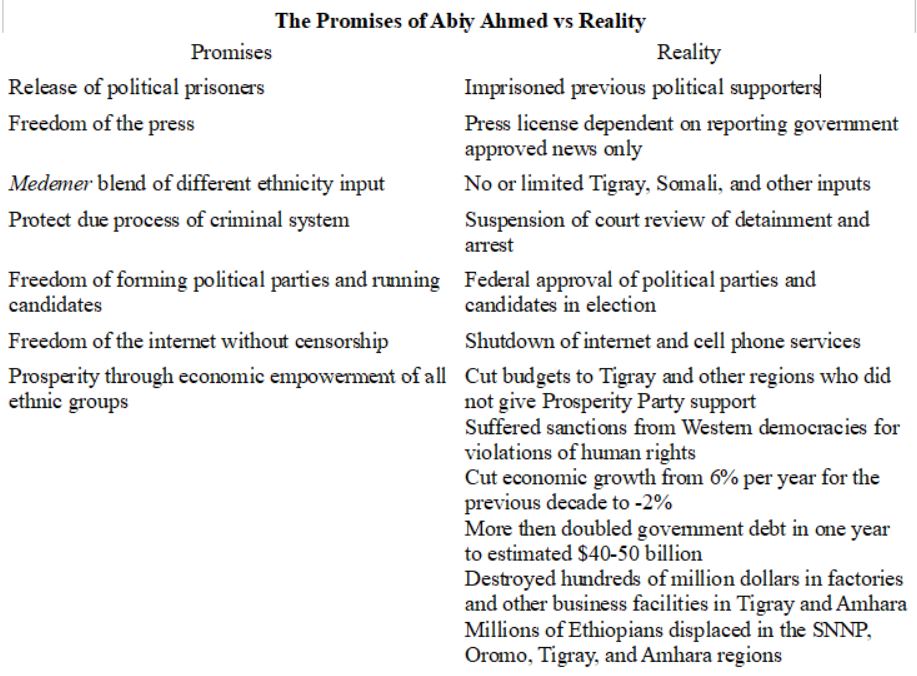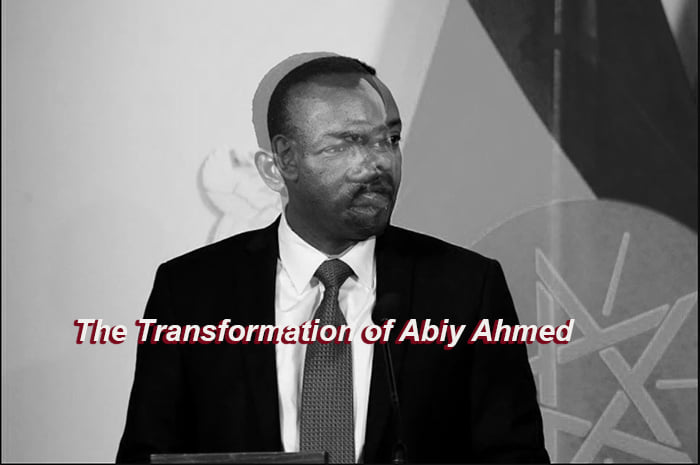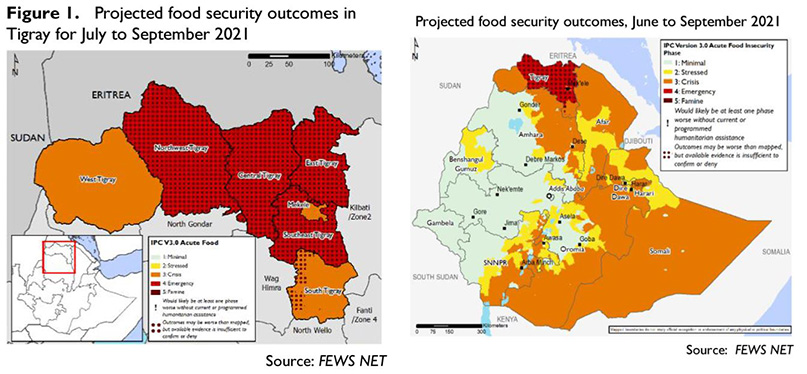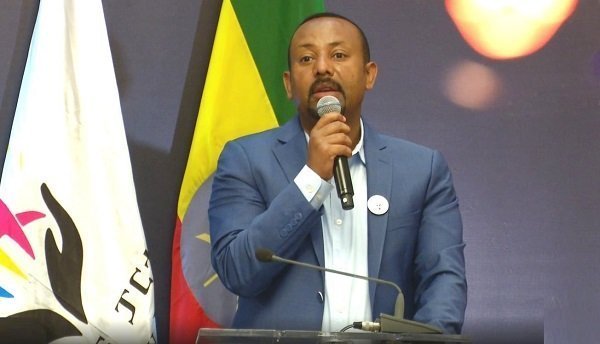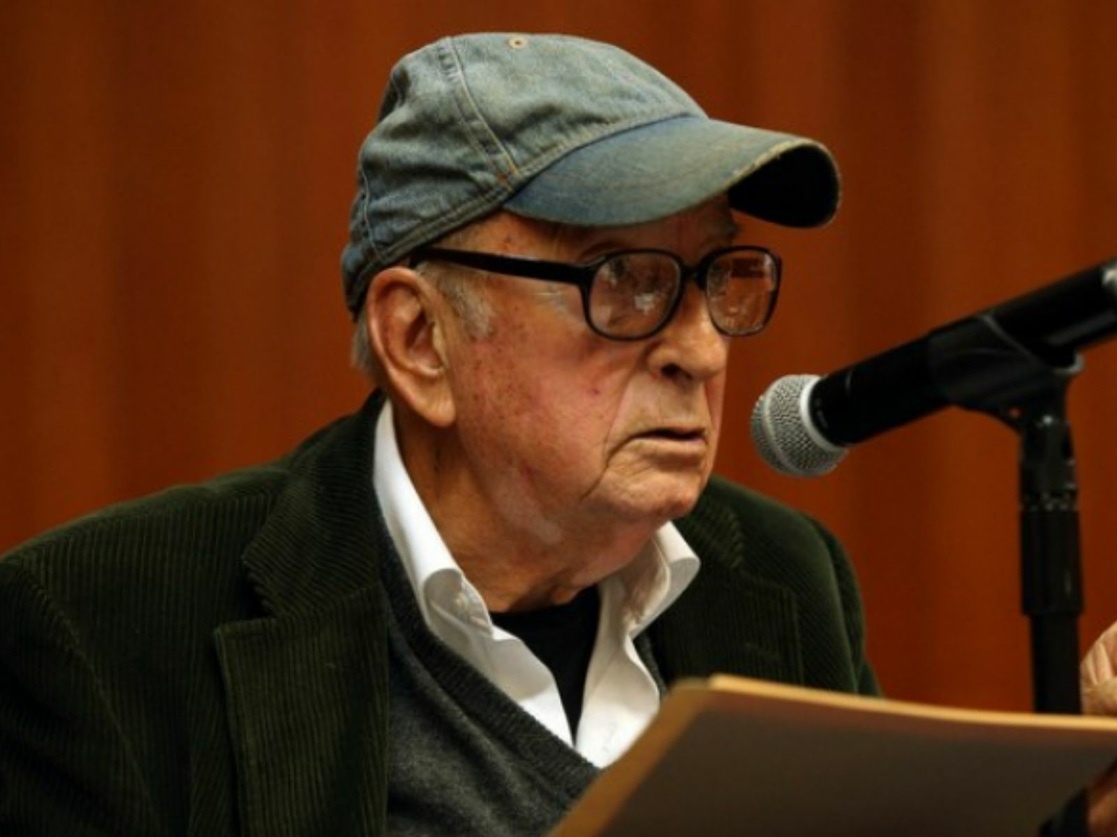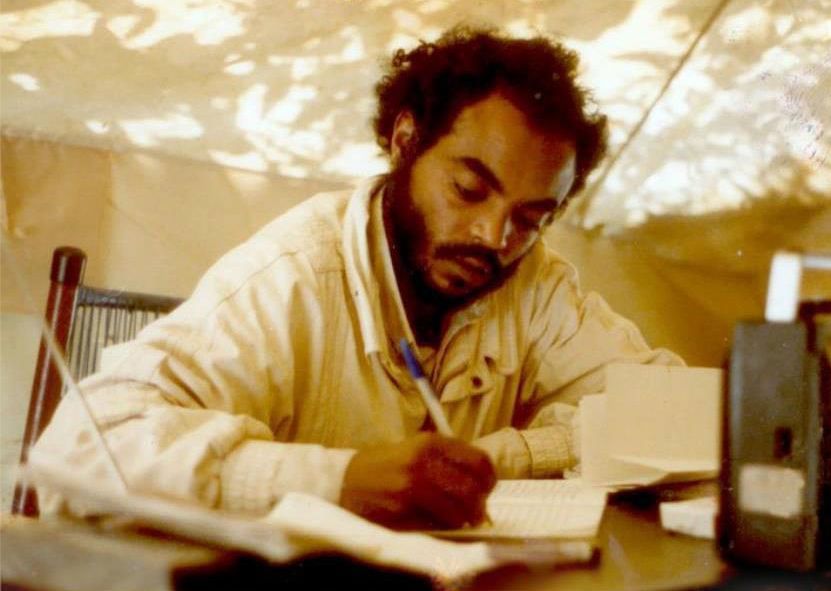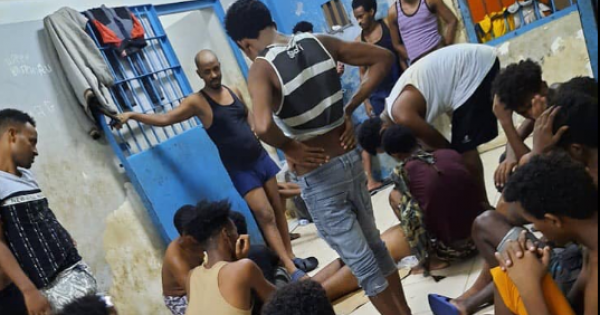
The intentional escalation of hate of the Tigray demonstrated by Abiy Ahmed and his supporters beginning well before the onset of the Ethiopia Tigray conflict closely mirrors how the Nazi movement in Germany labeled and then persecuted the European Jews. The Nazi movement lead by Adolf Hitler began its rise to power in part by naming European Jews as the cause of Germany’s economic woes in the post World War I period. Although initially seen as radicals the failure of German democratic movement to effect jobs and economic growth in the face of a punishing treaty that called for punitive payments eventually found the Nazi’s gaining popular support. Abiy Ahmed intimated by naming his new political party, Prosperity Party, like the Nazis could bring economic success by attacking a minority just as Hitler had done.
The Nazi’s capitalized on this idea that they had majority support in the same way as Abiy Ahmed supporters currently proclaim to begin a gradually escalating policies toward the Jews and other non-Aryans who became the strawmen for all of Germany’s woes. First they were labeled as different then the majority and seen to have evil motives to the general population. Public badges of Jews were then legislated into place to point them out. Then in 1941 and increasing rapidly through 1942 the concept was put in place to detain all Jews and place them in concentration camps leading to millions becoming slave labor and executed. This progression from labeling to genocide seen again in the Ethiopia Tigray conflict to be coming true.
Although he once praised the Tigray People Liberation Front as an ideal regional government to his Parliament after agreeing to a cooperation pact with Isaias Afwerki the praise turned to condemnation. At first the scenario painted was that the Tigray population was a victim of a despotic TPLF leadership. During the initial takeover of most of Tigray, Abiy Ahmed placed many TPLF Tigrayan critics in key interim administration positions. However these appointees began to complain almost immediately about the conduct and policies of the Ethiopian and Eritrean forces. This included destruction of factories, high rates of violations against women, and blocking of farmers planting a harvest.
The resurgence of the Tigray Defense Force following the occupation of Mekelle leading to the Ethiopian Defense Forces forced withdrawal and defeat marks an important change in the Ethiopian rhetoric towards the Tigray. Now Abiy Ahmed was saying that the strong support of the Tigray fighters by all Tigray justified actions against Tigray civilians. This was the beginning of a spiraling decline from the recognition of Tigrayans as Ethiopian citizens with rights to conversely all be enemy combatants so evil that even the elderly, small children, and mothers must be urgently confined as necessary for “national security”.
At this moment nobody knows the exact number of detainees but estimates now exceed 70,000 throughout Ethiopia. No clear definition of what constitutes a dangerous person requiring detainment has been given. Under terrorism law and the emergency state there are no clear cut rights to legal representation or due process. Many are being held in warehouses without provisions for bathrooms, feeding, or medical care. Family members have no rights to know where their loved ones or in what condition they are in. We know by way of a statement of a member of the Federal prosecutors office that some extrajudicial killings have already occurred. FANO leaders and others in the Prosperity Party have already posted on the internet that these Tigray and other detainees should be executed automatically to force the Tigray Defense Force and their alliance to surrender.


